CBS 3 DONATES VAST VIDEO ARCHIVES TO TEMPLE UNIVERSITY LIBRARIES
Philadelphia, September 26, 2007 – CBS 3 (KYW-TV) will donate its vast Video archives, a virtual diary of the history of the region during the last thirty years, to Temple University’s Paley Library, CBS 3 President and General Manager Michael Colleran and Temple University President Dr. Ann Weaver Hart announced today.
The station’s collection of more than 20,000 videotapes, which includes daily local newscasts and video clips from the last thirty years of Eyewitness News as well as 15 years of the local lifestyle show, Evening Magazine, will be housed in Temple University Libraries Urban Archives and, once catalogued, will be available to students and local residents alike.
Colleran officially presented the videotapes to Dr. Hart in a ceremony held today at Paley Library.
The station’s archival tape contain many of the most memorable moments in Philadelphia history – from the Pope John Paul II’s visit to Philadelphia in 1979 and the Phillies World Series victory in 1980 to the MOVE bombing in 1985 and the Blizzards of 1983 and 1996. Many national and international stories are also included from the Reagan years in the While House to the fall of Communism in Europe.
“The University is honored to be chosen as guardian of what amounts to a historical record of the last three decades of the 20th century in Philadelphia,” Hart says. “We hope that this collection will encourage others to preserve this type of material, so that future generations will have a first-hand account of the times in which we lived.”
“Anyone interested in the history and culture of 20th century Philadelphia must use the incredible resources held in the Urban Archives,” Dean of University Libraries Larry Alford adds. “Those resources are deepest for the first 80 years of the 20th century because of the archives of The Philadelphia Evening Bulletin, which ceased publication in 1982. The KYW footage will fill in the gap of that last 20 years.”
Colleran says that, in addition to chronicling local history, the tapes are also a dynamic example of the evolution of local television since the 1970s. “Not only do we see the evolution of news coverage from the anchor desk to live coverage in the field, but we can witness the birth of a whole new genre in television through Evening Magazine, a program that was imitated across the country and became a precursor to such shows as Entertainment Tonight, Access Hollywood and the celebrity journalism of today.”
The station’s contribution of the tapes to Temple University Libraries corresponds with its relocation earlier this year from its 35 year-home on Independence Mall to its new state-of-the-art High Definition studios in the Spring Garden section of Philadelphia. Coincidentally, this is not the first time astation relocation has benefited the University. When KYW moved from its Walnut Street studios to Independence Mall in 1972, the company donated its building there to the University which used it as a Center City campus for many years.
CBS 3 is part of CBS Television Stations, a division of CBS Corporation.
Watch the CBS 3 (KYW-TV) coverage of this momentous event in Philadelphia history online.
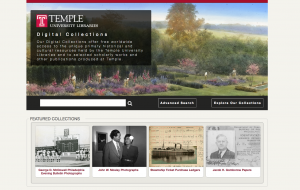 Temple University Libraries’ Digital Collections site has a new look! We are excited to roll out a responsive version of our existing Digital Collections website. The new software has better mobile and tablet compatibility, an improved image viewer, and is compliant with WCAG 2.0 accessibility guidelines.
Temple University Libraries’ Digital Collections site has a new look! We are excited to roll out a responsive version of our existing Digital Collections website. The new software has better mobile and tablet compatibility, an improved image viewer, and is compliant with WCAG 2.0 accessibility guidelines.
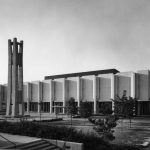
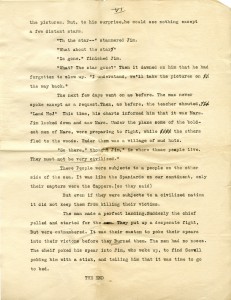
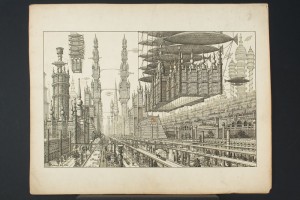
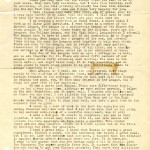
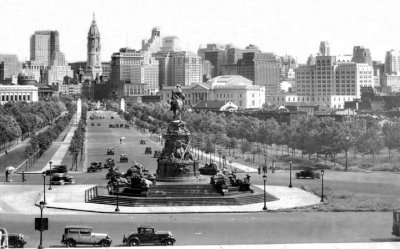 The
The